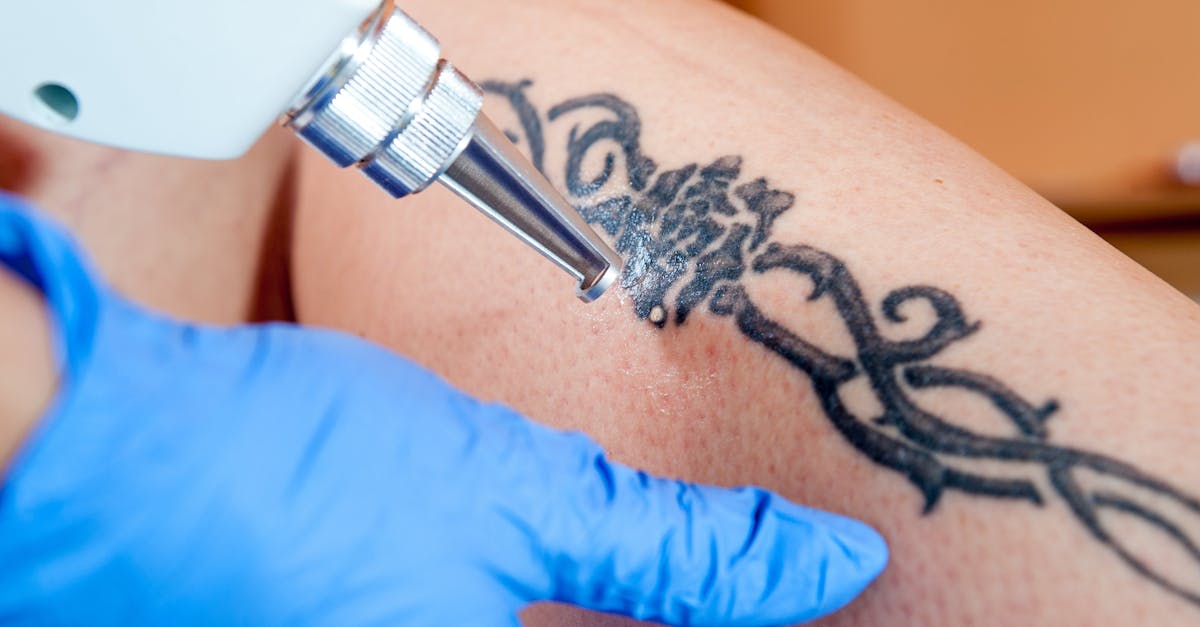Laser Tattoo Removal: Science, Process, and Considerations
Laser tattoo removal has emerged as the gold standard for eliminating unwanted ink, blending advanced technology with precise tissue targeting. Unlike invasive methods, lasers break down tattoo pigments safely and effectively, offering a solution for those seeking a clean slate.

How It Works
Lasers emit specific wavelengths absorbed by tattoo ink particles. The energy shatters ink into tiny fragments, which the body’s immune system gradually removes. Key technologies include:
-
Q-switched lasers (Nd:YAG, Alexandrite, Ruby): Deliver nanosecond pulses to target dark inks (black, blue) effectively.
-
Picosecond lasers: Newer, faster pulses enhance removal of stubborn colors (green, yellow) by generating mechanical shockwaves.
Factors Influencing Success
-
Ink color: Darker pigments absorb more laser energy, making black/blue easier to remove. Multicolored tattoos often require multiple laser types.
-
Tattoo depth and age: Older, superficial tattoos fade faster than newer or layered designs.
-
Skin type: Nd:YAG lasers minimize melanin absorption, reducing risks for darker skin tones.
Treatment Protocol
-
Consultation: Assess tattoo size, colors, and skin type to customize the approach.
-
Procedure: Sessions last 5–20 minutes. A cooling device numbs the skin, minimizing discomfort.
-
Recovery: Temporary redness, swelling, or blistering may occur. Healing takes 2–4 weeks per session.
-
Frequency: Treatments are spaced 6–8 weeks apart, with most tattoos requiring 5–10 sessions.
Risks and Aftercare
Improper use can cause scarring or hypopigmentation. Post-treatment care includes:
-
Avoiding sun exposure and rigorous exercise.
-
Applying antibiotic ointment to prevent infection.
Conclusion
Laser tattoo removal combines precision and adaptability to address diverse ink challenges. While complete eradication isn’t always guaranteed, advancements in laser tech continue to improve success rates. Choosing experienced professionals and adhering to aftercare protocols remain critical for safe, optimal results.
Hot Articles

Break Barriers to Homeownership: No Down Payment, No-Income Verification Mortgages Available Now!

Unlocking Affordable 1-3 Bedroom Apartment Options

Secure Your American Education: 90% More Scholarships Available – Apply for Free Today!

El análisis de datos en la era digital: cómo transforma nuestra vida y decisiones